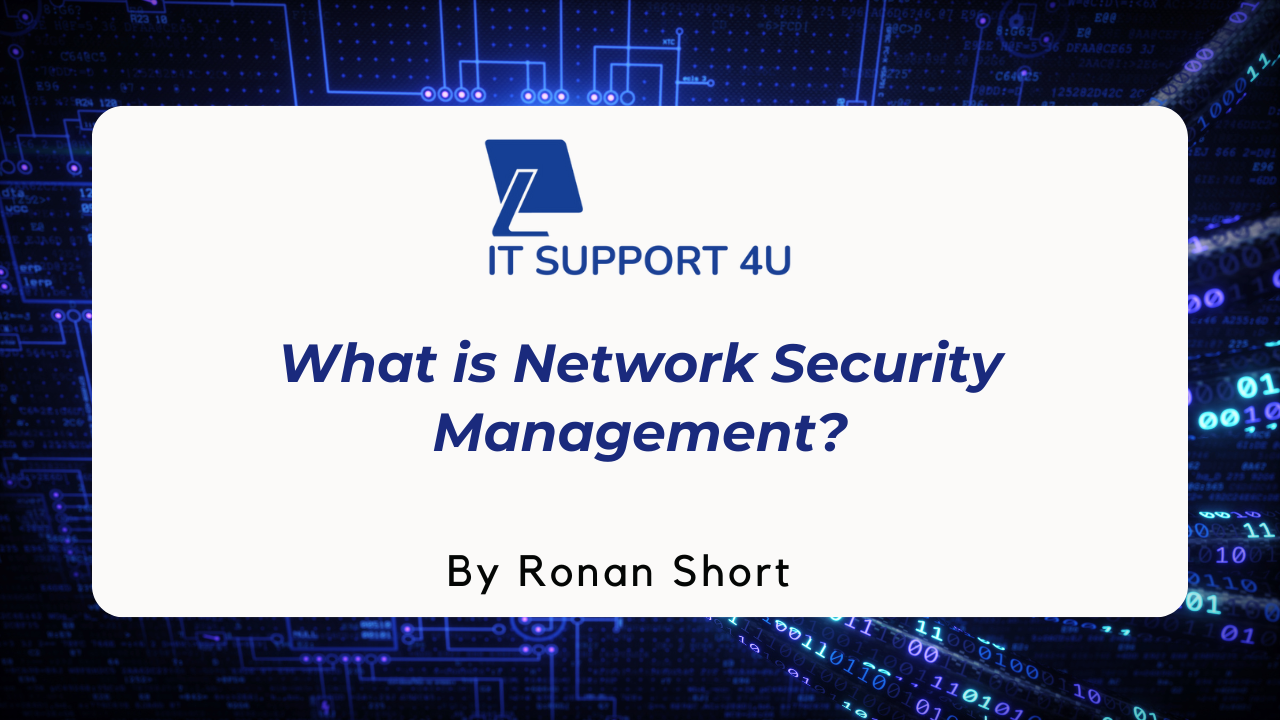Intrusion Detection Systems (IDS) and Intrusion Prevention Systems (IPS) play a crucial role in protecting modern networks from growing cyber threats.
These tools monitor activity, identify unusual behaviour, and in many cases, take action to stop attacks before they cause harm. As businesses rely more heavily on digital systems, understanding how these technologies work becomes essential.
In this blog, we will explain the key differences and reasons why both solutions are valuable for keeping your organisation secure.
Let’s start!
What Are Intrusion Detection Systems (IDS)?
An Intrusion Detection System monitors network activity to spot suspicious patterns or unusual behaviour that may indicate a threat. It works by analysing duplicated traffic rather than interfering with live data, ensuring network performance is not interrupted.
These systems can be placed on individual devices or across entire networks, depending on the level of protection required. They identify threats by comparing activity against known misuse patterns or by detecting behaviour that falls outside normal operations.
Intrusion detection systems help security teams act early by alerting them when something appears unsafe. Their role is purely observational, making them a vital layer of early threat awareness.
What Are Intrusion Prevention Systems (IPS)?
An Intrusion Prevention System takes network defence one step further by actively responding to threats rather than only observing them. It sits directly within the flow of network traffic, allowing it to stop harmful activity in real time before it causes damage.
This system analyses incoming data, blocks dangerous requests, and can reset connections when needed. Modern intrusion prevention systems integrate with wider security tools, including firewalls and cloud-based protection platforms. They detect risks using behavioural analysis, established rule sets, and known attack signatures.
By reducing false alarms and acting instantly, they lessen the workload on security teams. An intrusion prevention system is designed to prevent attacks from succeeding, making it an essential tool for safeguarding modern networks.
What Are The Key Differences Between IDS and IPS?

Understanding how intrusion detection systems and intrusion prevention systems differ is essential for choosing the right level of protection.
Both play important roles in securing networks, but they function in different ways and serve different security needs.
1. Purpose
An intrusion detection system is designed to watch over network activity and alert teams when it spots unusual or harmful behaviour. It focuses on identifying threats without interfering directly with live traffic.
An intrusion prevention system, however, not only identifies suspicious activity but also takes action to block or stop it immediately. It works proactively to prevent threats from reaching the network.
2. Operation
An intrusion detection system observes network traffic and compares it with known attack patterns or abnormal behaviour. Once a risk is seen, it sends alerts for investigation.
An intrusion prevention system inspects live data in real time and reacts instantly when it detects danger. It can drop harmful packets, block access or reset connections to stop the threat.
3. Configuration Mode
An intrusion detection system usually runs in a monitoring mode, meaning it watches traffic without being placed directly in its path. This keeps performance steady while still providing deep analysis.

An intrusion prevention system is placed in a more active position, often inline, where it can analyse and act on data before it enters the internal network. This allows it to intervene immediately when required.
4. Traffic Path
An intrusion detection system examines traffic after it has already moved through the main network route. It offers detailed insight but does not interrupt the flow of data.
An intrusion prevention system sits directly in the flow of incoming traffic so it can assess and block harmful data before it reaches sensitive systems. This placement allows for quicker protective action.
5. Placement
An intrusion detection system is often placed deeper within the network, giving it the ability to analyse traffic that has already passed through primary defences. This helps identify threats that may have slipped through.
An intrusion prevention system is normally positioned closer to the network edge, often just after the firewall, allowing it to inspect and intercept threats before they spread further.
6. Response to Unauthorised Activity
An intrusion detection system responds by issuing alerts or notifications when it detects unusual behaviour, giving security teams the chance to investigate. It plays an advisory, monitoring role.
An intrusion prevention system responds automatically by blocking traffic, shutting down sessions or applying rules to prevent attacks. It takes direct, immediate action to stop unauthorised access.
Why Should I Consider Intrusion Detection Systems and Intrusion Prevention Systems?
Modern cyber threats continue to grow in scale and complexity, making strong network protection essential for every organisation.
1. Protection Against Malware
These systems can detect harmful software early, reducing the chance of it spreading across your network.
2. Blocking Unauthorised Access
They help identify attempts by unknown users or insiders trying to reach restricted systems and stop them quickly.
3. Defence Against Denial-of-Service Attacks

to your business services.
4. Detecting Suspicious Data Transfers
They monitor unusual data movement that may suggest a breach or information being taken without permission.
5. Identifying Zero-Day Threats
They spot unusual behaviour linked to new or unknown attacks that traditional security tools might overlook.
Conclusion
What intrusion detection systems and intrusion prevention systems do is essential for building stronger network security. While an intrusion detection system monitors activity and alerts you to suspicious behaviour, an intrusion prevention system goes further by actively blocking threats in real time. Together, they provide a powerful defence against malware, unauthorised access, and advanced cyberattacks.
As threats continue to evolve, having the right protection in place is more important than ever. If you want expert support in choosing, installing, or managing these security solutions, contact ITSupport4U. Their team can help you strengthen your network and keep your business protected.
Get an IT Plan Today!












